Understanding the Health Risks of Daily Cat Treat Overfeeding: What Every Owner Should Know
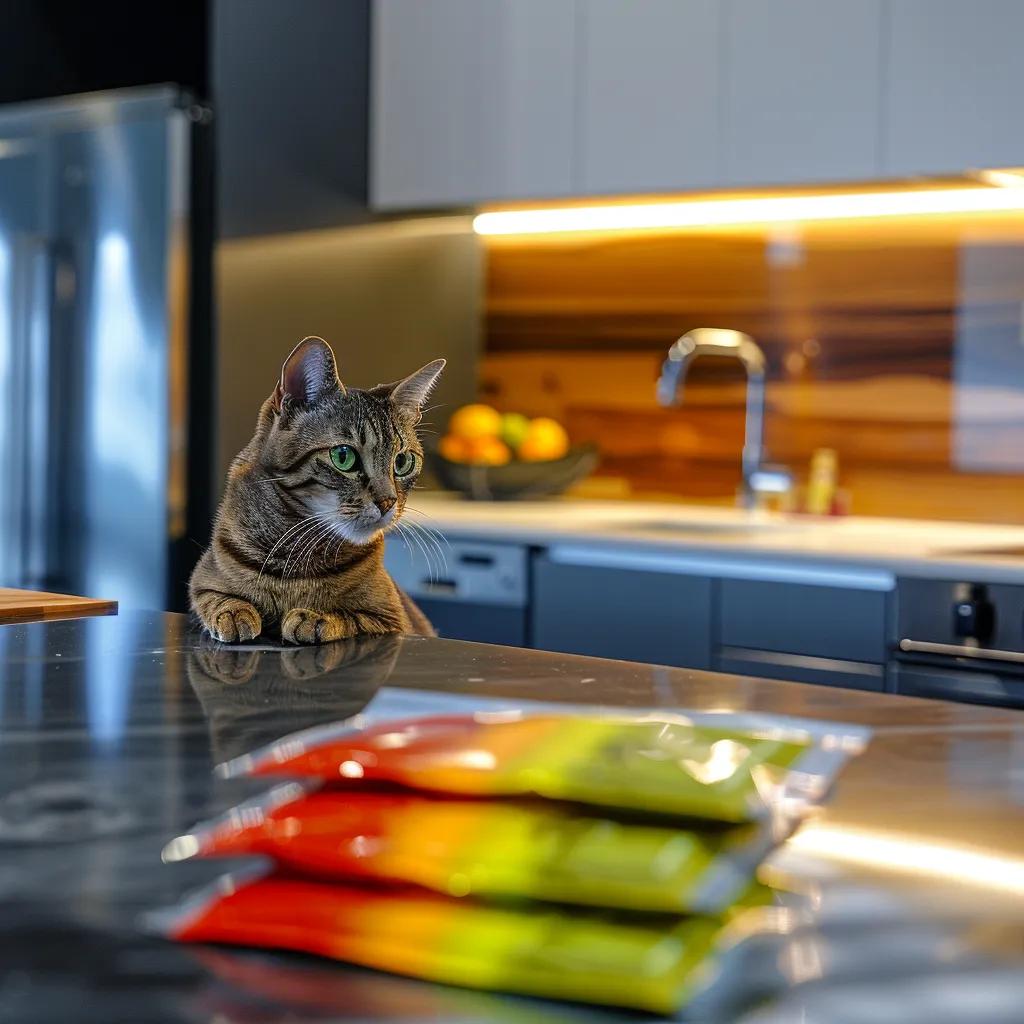
Why Giving Daily Cat Treats Might Be Harming Your Feline—Even If It Feels Like Love
If you're reading this, chances are you’ve asked yourself: "Am I feeding my cat too many treats?" Maybe it happens when your kitty gives you that familiar look—the one that says “just one more?” Or maybe it's when the crinkle of a treat bag magically summons them from across the house. You’re not alone. Many caring cat parents fall into the same habit.
Giving treats is an act of love. But what if that daily gesture, over time, is actually doing more harm than good?
When Treating Becomes a Habit—and Then a Health Concern
Let’s talk about Sam. He adopted a rescue cat, Luna, who had a rough start and a nervous streak. The only way to earn her trust? Tuna-flavored treats. They became their love language.
But over time, “just a few” turned into “just whenever she meows.”
- Morning? Treat.
- After work? Treat.
- Before bed? Treat.
Soon Luna was gaining weight, had less energy, and started skipping meals. Her appetite for balanced food was gone, replaced by obsession with treats.
The vet gently explained the risks: overfeeding treats; especially daily can lead to digestive issues, weight gain, nutrient imbalances, and more.
Sam wasn’t spoiling Luna. He was trying to show love. But love, it turns out, needs a little structure.
What If You Could Still Spoil Your Cat—But Safely?
Here’s the good news: you don’t have to stop giving treats altogether. You just need a mindful plan.
Imagine this instead:
- Your cat still gets excited when you reach for a treat.
- Their digestion is smooth.
- They maintain a healthy weight.
- Their energy is back, their eyes are bright, and their purrs come easy.
- You’re still giving love—but now, without the guilt.
That balance is absolutely possible and it starts by understanding the risks and how to manage them.
What Are the Common Health Risks of Overfeeding Cats Treats Daily?
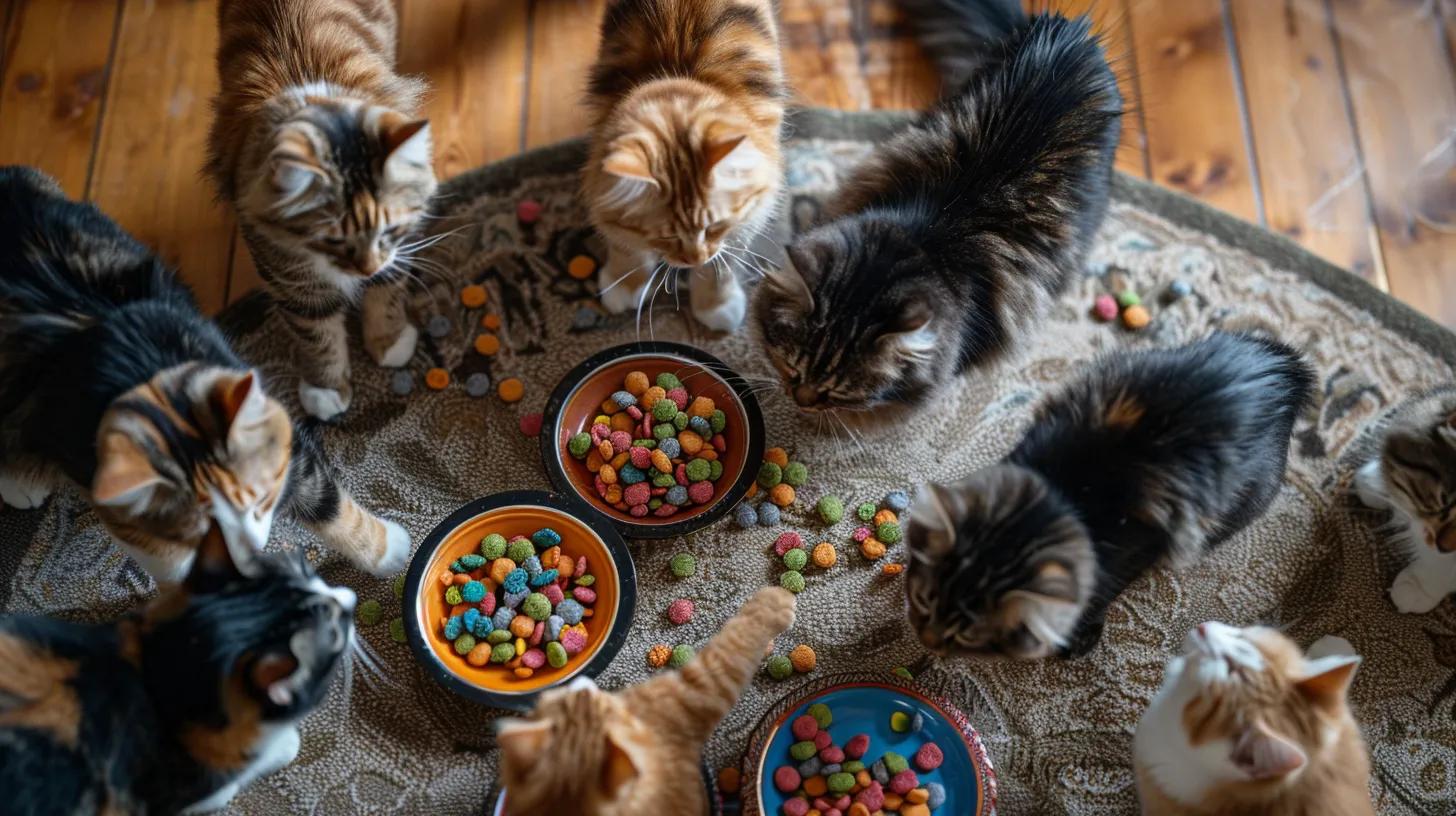
Overfeeding treats isn’t just about calories and it can impact multiple aspects of your cat’s health. Let’s explore the most common risks.
1. How Overfeeding Affects a Cat’s Weight and Obesity Risk
High-calorie treats increase a cat’s total daily intake. The surplus is stored as fat, leading to obesity, reduced mobility, joint pain, cardiovascular issues, and insulin resistance.
2. Digestive Problems Caused by Excess Treats
Many treats contain rich fats and carbohydrates that disrupt a cat’s sensitive GI system. This may cause vomiting, diarrhea, constipation, or gut flora imbalance, which can suppress appetite and affect nutrient absorption.
3. Can Too Many Treats Cause Diabetes in Cats?
Yes. Consistently overfeeding treats—especially those with high sugar or fat content—can lead to insulin resistance and type 2 diabetes. Early signs include excessive thirst, frequent urination, and lethargy.
How Much Is Too Much? A Guide to Treat Portions
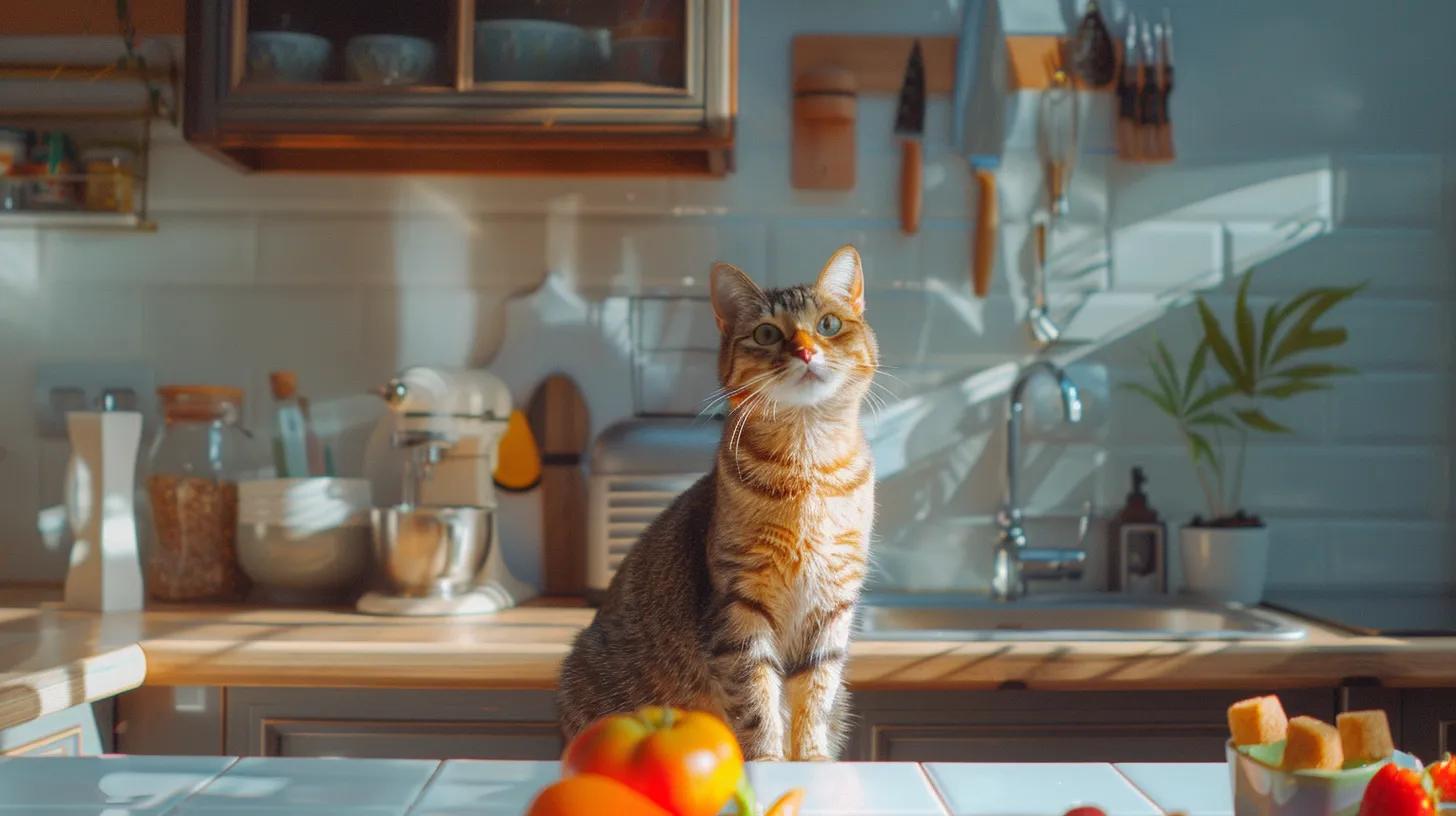
Now that we’ve looked at the risks, let’s talk about how much is safe and how to stay within healthy limits.
Recommended Daily Treat Limits
Veterinarians agree: treats should account for no more than 10% of your cat’s daily calories. For an adult cat consuming 200–250 calories/day, this means no more than 20–25 calories from treats.
Calculating Treat Calories Accurately
Determine your cat’s total daily calorie needs based on their weight, age, and activity level. Then subtract 10% for treats.
Healthier Alternatives: What to Look for in Cat Treats
The type of treat you choose matters just as much as how often you give them. Let’s explore what to look for and what to avoid.
Which Treat Types Are Healthier and Lower in Calories?
Go for treats that are:
- High in animal protein
- Low in fat and sugar
- Free of artificial colors, fillers, and preservatives
- Enriched with functional benefits (e.g., skin & coat support, digestion)
Salty Cat’s Happy Tummy Functional Purée is a great example. It is hydrating, portioned, and contains gut-supporting ingredients.
Reading Cat Treat Labels with Confidence
Look for:
- Total calorie content per treat or serving
- Ingredients list: short, recognizable, and meat-first
- Added benefits: vitamins, prebiotics, or omega fatty acids
Avoid:
- Corn, soy, or wheat fillers
- Artificial flavors
- Unspecified meat by-products
Why Do Cats Overeat Treats and How Can You Prevent It?
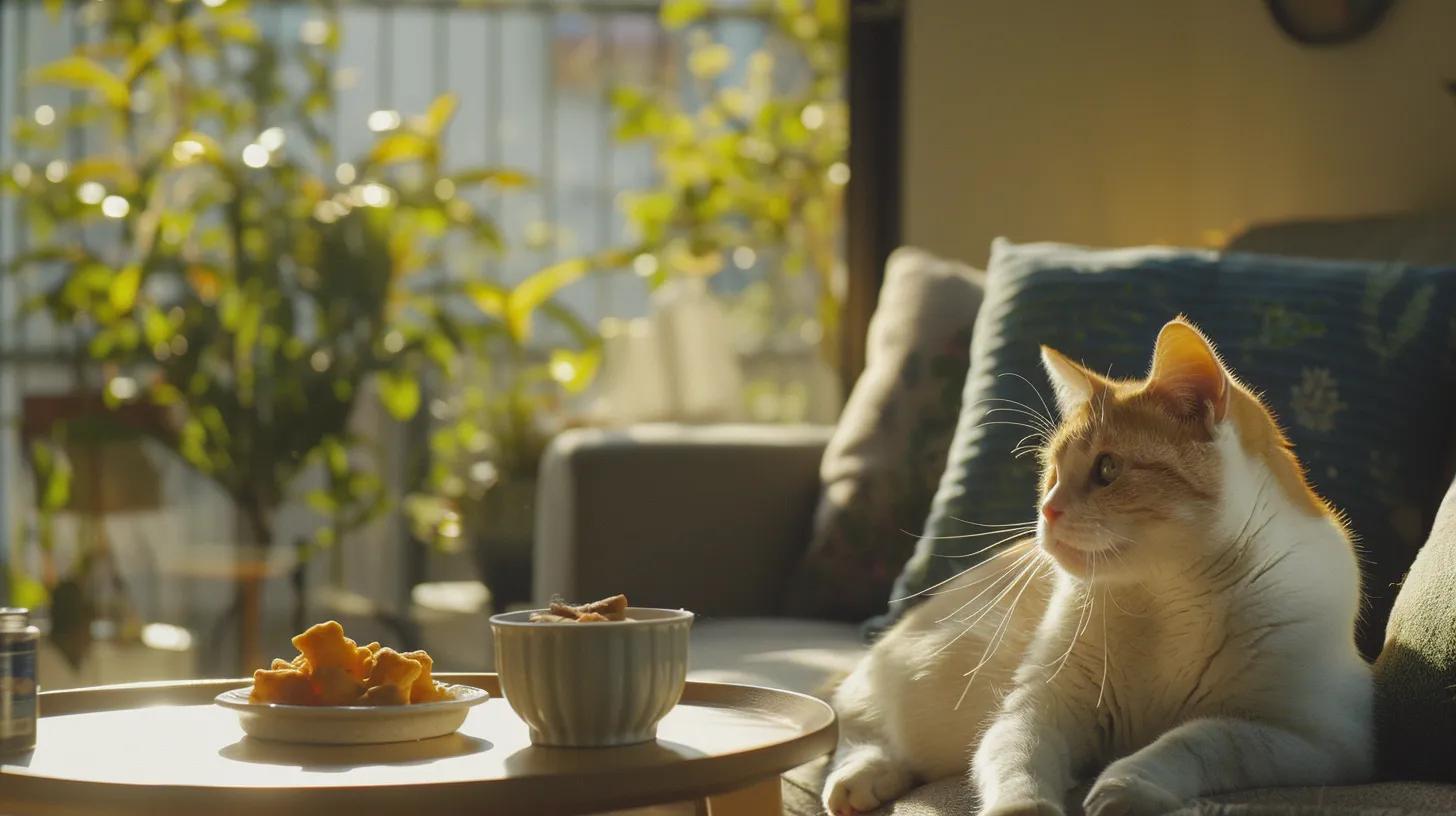
Understanding why cats overeat is essential to stopping the cycle. It’s not just about hunger and it’s often about behavior.
Root Causes of Overindulgence
Cats may beg for treats out of:
- Boredom or lack of stimulation
- Learned behavior (rewarding every meow)
- Inconsistent mealtime routines
Behavioral Signs of Overfeeding
- Lethargy and reduced play
- Constant begging or food obsession
- Rapid weight gain
- Loss of interest in balanced mealsWhat Are the Best Practices for Choosing Healthy Cat Treats?
Selecting healthy treats requires careful review of product labels and ingredient lists to ensure they provide nutritional benefits. Quality treats should be low in calories, free from harmful additives, and made with natural ingredients.
How to Manage and Reverse the Effects of Overfeeding
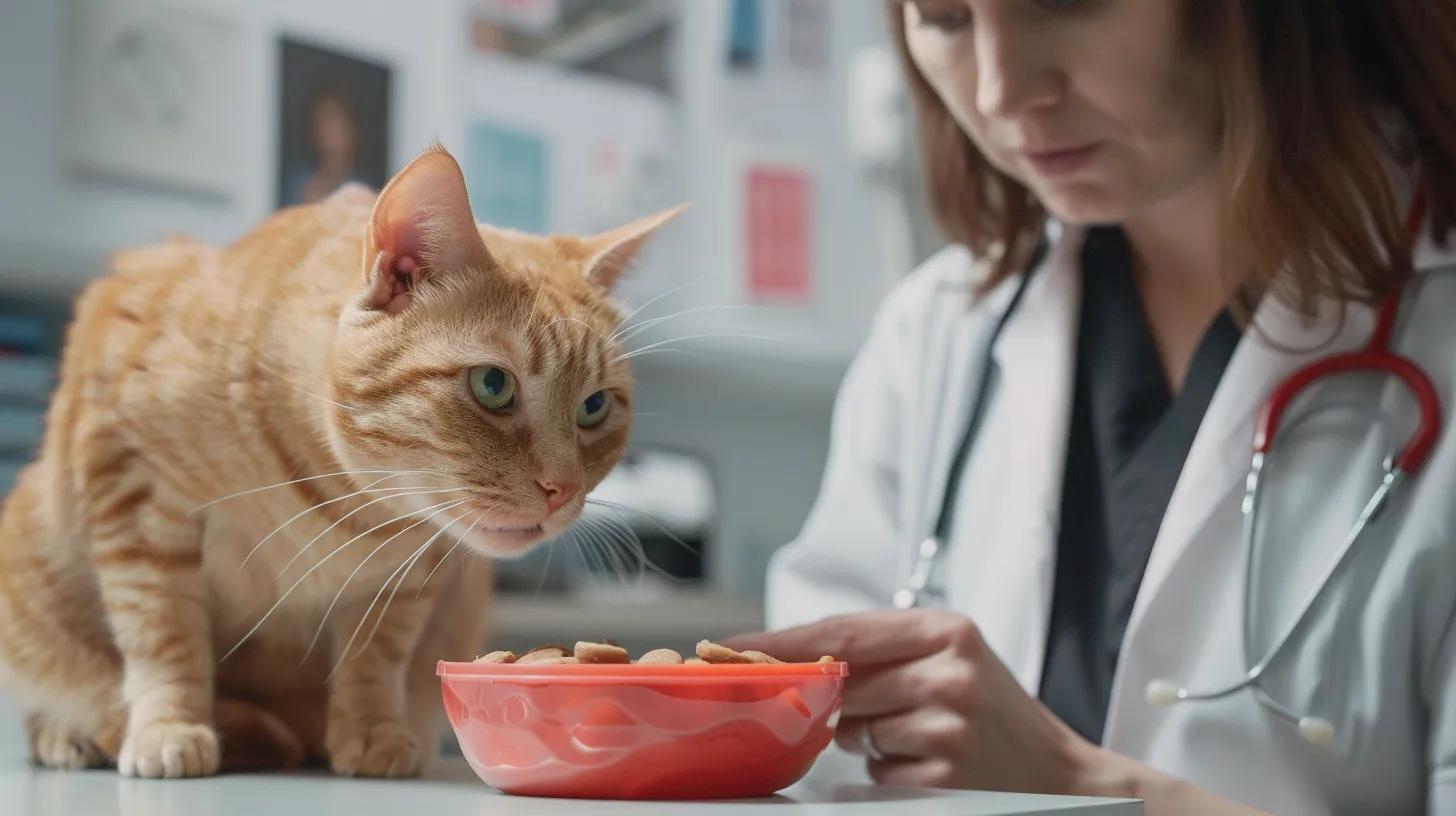
Create a Healthier Routine
- Stick to scheduled meals
- Use puzzle feeders or treat toys to slow down snacking
- Replace some treat time with grooming, play, or affection
Choose Treats That Support Recovery
Switch to functional treats that help correct imbalances. Salty Cat Treats are especially helpful during dietary resets—supporting digestion while keeping cats satisfied.
Consult a Veterinarian Early
If your cat shows signs of obesity, digestive upset, or behavioral issues, a vet can provide:
- Weight management plans
- Digestive support diets
- Portion tracking strategies
- Regular progress check-ins
Love Them Well, Treat Them Right
Daily treat overfeeding may come from love but it can lead to serious health issues. The good news? With awareness, structure, and smart swaps you can keep the joy in treat time while protecting your cat’s health.
At Salty Cat, we believe you shouldn’t have to choose between spoiling your cat and keeping them well. That’s why we make functional, affordable treats that nourish and delight.
Frequently Asked Questions
Q: How many treats per day are generally safe for an average adult cat? A: Treats should not exceed 10% of the cat’s daily calorie intake, about 20–25 calories from treats for an average adult cat.
Q: What signs might indicate a cat is overeating treats? A: Signs include rapid weight gain, digestive irregularities, increased begging behavior, and reduced appetite for regular meals.
Q: Can diet adjustments reverse the negative effects of treat overfeeding? A: Yes, structured weight management and nutritional counseling can help reverse obesity and related health issues.
Q: When should a cat owner seek veterinary assistance for treat-related issues? A: Veterinary consultation is advised when noticeable changes occur in weight, appetite, behavior, or if symptoms of digestive or dental issues develop.